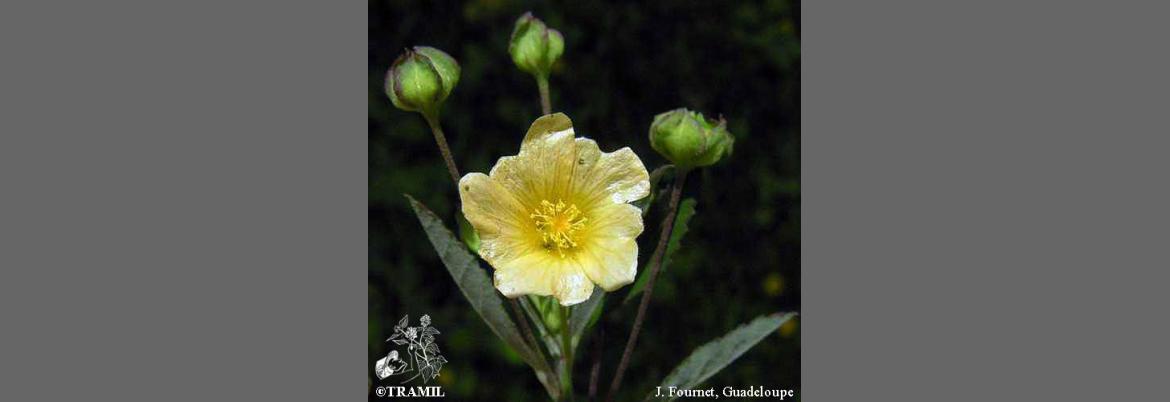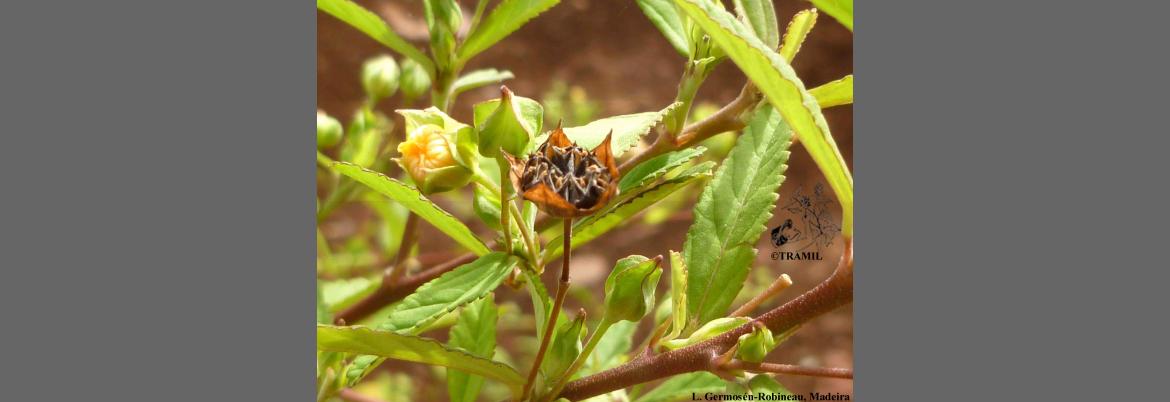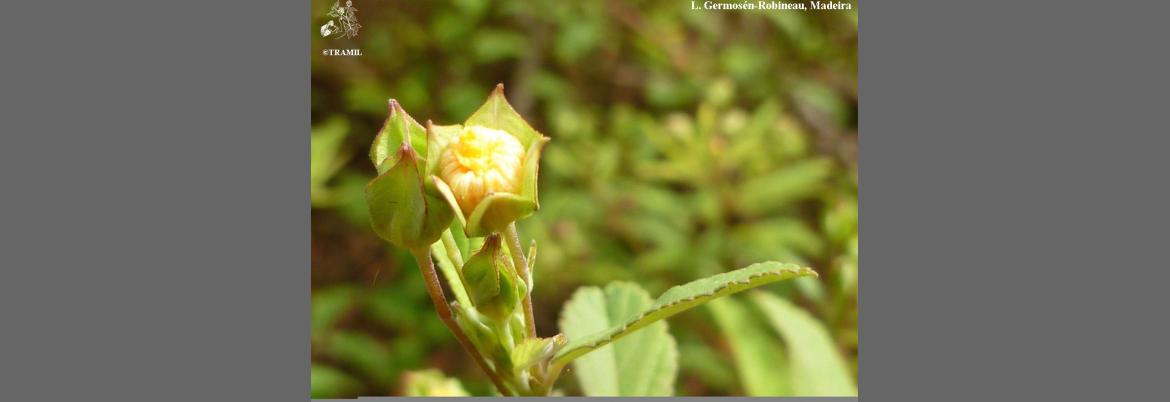1 CHARLES C, 1988 TRAMIL survey. Movement for Cultural Awareness MCA, Roseau, Dominica.
2 GIRON L, 1988 Encuesta TRAMIL (Costa atlántica). Centro Mesoamericano de Tecnología CEMAT, Guatemala, Guatemala.
3 HENDERSON C, KRISHNARAYAN V, CASTILLO J, 1996 TRAMIL survey. Belize Enterprise for Sustainable Technology BEST, Belmopan, Belize.
4 PRAKASH A, VARMA RK, GHOSAL S, 1981 Chemical constituents of the Malvaceae. Part III. Alkaloidal constituents of Sida acuta, S. humilis, S. rhombifolia and S. spinosa. Planta Med 43(12):384-388.
5 GUNATILAKA AA, SOTHEESWARAN S, BALASUBRAMANIAM S, CHANDRASEKARA AI, BADRA SRIYANI HT, 1980 Studies on medicinal plants of Sri Lanka. III. Pharmacologically important alkaloids of some Sida species. Planta Med 39(1):66-72.
6 GOYAL MM, RANI KK, 1989 Neutral constituents of the aerial parts ofSida rhombifolia var. rhomboidea. Fitoterapia 60(2):163-164.
7 FRIESE FW, 1934 Plantas medicinais brasileiras. Sao Paulo, Brazil: Inst Agro do Estado. p252-494.
8 ALTSCHUL SR, 1973 Drugs and food from little-known plants: Notes in Harvard University Herbaria. Cambridge, USA: Harvard Univ. Press.
9 DUKE JA, ATCHLEY AA, 1986 Handbook of proximate analysis tables of higher plants.Boca Raton, USA: CRC Press. p149.
10 CACERES A, MENENDEZ H, MENDEZ E, COHOBON E, SAMAYAO BE, JAUREGUI E, PERALTA E, CARRILLO G, 1992 Antigonorrhoeal activity of plants used in Guatemala for the treatment of sexually transmitted diseases. Facultad de Ciencias Químicas y Farmacia, Universidad de San Carlos, Guatemala, Guatemala. TRAMIL VI, Basse Terre, Guadeloupe, UAG/enda-caribe.
11 Figueroa SL, 1992 Inhibición in vitro de Candida albicans por las plantas: Argemone mexicana, Bixa orellana, Lantana camara, Lippia alba, Sedum praealtum, Vicia fava, Chrysanthemum leucanthemum y Sida rhombifolia (Tesis). Facultad de Ciencias Químicas y Farmacia, Universidad de San Carlos, Guatemala, Guatemala.
12 BORTOLOZZI MAM, BITTENCOURT CF, CARDOSO SG, BORTOLOZZI, AV, 1988 Avaliacâo da atividade antibacteriana deSida rhombifolia L.(Malvaceae). X Simpósio de Plantas Medicinais do Brasil, Panel 7/9. Abstr. No. 26. Sao Paulo, Brasil.
13 GOYAL MM, RANI KK, 1988 Effects of natural products isolated from three species of Sida on some Gram-positive and Gram-negative bacteria. J Indian Chem Soc 65(1):74-76.
14 PAZOS L, COTO T, CAIZA F, 2010 Antiinflamatorio tópico, en ratones, del extracto acuoso de las partes aéreas frescas de Sida rhombifolia. Informe TRAMIL, Laboratorio de Ensayos Biológicos, LEBi, Universidad de Costa Rica, San Pedro, Costa Rica.
17 DUNSTAN CA, NOREEN Y, SERRANO G, COX PA, PERERA P, BOHLIN L, 1997 Evaluation of some Samoan and Peruvian medicinal plants by prostaglandin biosynthesis and rat ear oedema assays. J Ethnopharmacol 57(1):35-56.
18 HERRERA J, 1992 Determinación de parámetros farmacológicos usados en medicina tradicional popular en la Cuenca del Caribe. Informe TRAMIL. Dep. de Farmacología, Facultad de Salud, Universidad del Valle, Cali, Colombia.
19 PAZOS L, COTO T, CAIZA F, 2010 Irritación dérmica en piel sana de conejos, de las partes aéreas frescas de Sida rhombifolia. Informe TRAMIL. Laboratorio de Ensayos Biológicos, LEBi, Universidad de Costa Rica, San Pedro, Costa Rica.
20 PAZOS L, COTO T, CAIZA F, 2010 Irritación ocular, en conejos, del macerado de hojas frescas de Sida rhombifolia. Informe TRAMIL. Laboratorio de Ensayos Biológicos, LEBi, Universidad de Costa Rica, San Pedro, Costa Rica.
21 WENIGER B, ROUZIER M, 1986 Enquête TRAMIL. Service Oecuménique d'Entraide SOE, Port au Prince, Haïti.


































